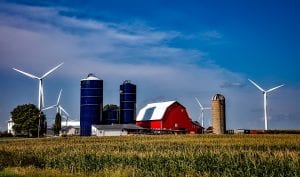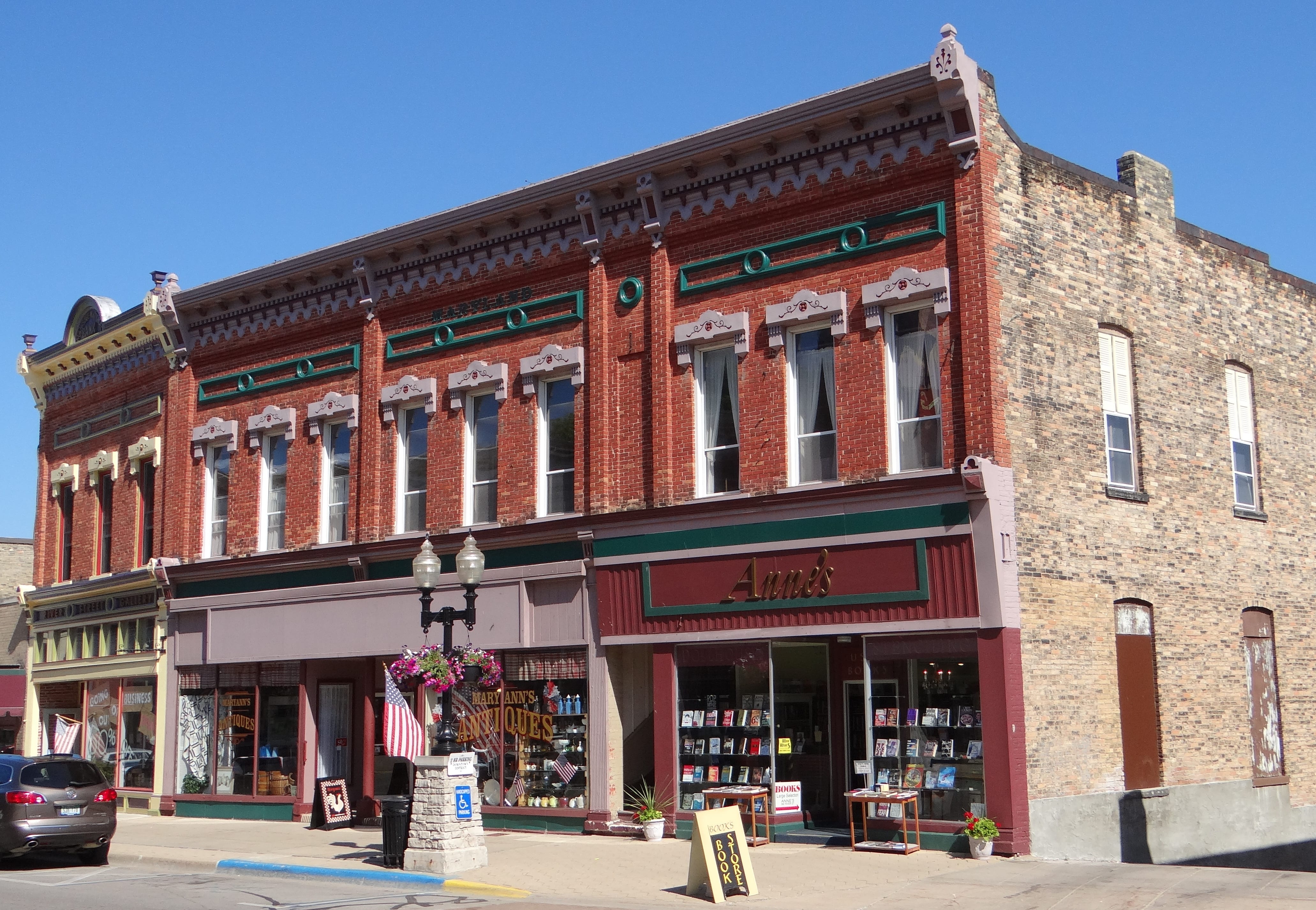Rural America is facing tough times, worsened by a President that promised to lift them up but who is letting them down. In the long term, though, a rural renaissance is inevitable.
At the end of May, Munson Healthcare’s Manistee Hospital in Michigan’s northern lower peninsula will shut down its maternity unit. Manistee, with a shrinking and increasingly aging population of just over 6000 people in 2014, no longer has a birthrate that justifies its own maternity center. Expectant moms will have to travel to Cadillac, about an hour away, when the time comes. Closing Manistee’s maternity ward and relocating its two OB/GYN providers will cost the rural community fifteen jobs, but James Barker, the hospital’s CEO, says the goal is to “ensure the long-term sustainability of the hospital.” Hospitals all over rural America have had to make similar decisions in recent years. Since 2010, hospitals in the hinterlands have been closing at a rate of nearly one per month, and half of them lose money every year.
Rural America’s existential crisis may have been exacerbated by the media. In the 1950s, eight of the top 30 most watched TV shows were set in the American countryside. Shows like Bonanza, Lassie, Gunsmoke, and the Lone Ranger were joined in the ’60s by The Beverly Hillbillies, Green Acres, Little House on the Prairie and Mayberry. By the Seventies, however, the vast majority of these shows were dropped, with TV networks deciding to chase the bigger advertising dollars that came from catering to a more urban audience with programs like All In The Family and M*A*S*H, which put cultural issues front and center, and shows that featured city life, such as Mary Tyler Moore and Laverne & Shirley. Depictions of rural America became more negative. When rural viewers tuned in, they saw themselves depicted as uneducated hicks, if they saw themselves at all. No wonder they distrust the media.

Reliance on commodity agriculture or manufacturing put rural America in direct competition with industrial farms and factory workers across the globe, many of whom work for much less. Depopulation contributes to the downward spiral, as younger people leave to seek better opportunities in bigger cities, and the resources follow. Suffering, forgotten, ignored by the media, starved of revenue by big box stores that like the cheap labor and purchasing power that rural residents provide but not the responsibility of supporting those communities in return, it’s no wonder that they turned to a populist demagogue who promised to lift them up. America’s farmers are getting screwed by Trump’s trade war, though, and his administration’s decision to slash rural housing programs hasn’t helped make housing any more affordable for struggling families. Trump, however beloved in red states, is part of the problem.
The pendulum, however, is beginning to swing back. Rural Americans are starting to bootstrap their way out of the downward spiral. Population numbers might be too low to attract corporate investment, but that hasn’t stopped people in Kentucky, Maryland, and Ohio from bringing broadband internet to their country communities. High speed connections help small-town entrepreneurs get their businesses off the ground, and enable remote workers who would prefer to live away from the big city but still have an income to support their families. Creating a sense of place by highlighting the features (instead of the problems) and nourishing the economic and social “biome” of rural America may not bring back the good old days, but these efforts are attracting a new wave of residents interested in country living, perhaps for the first time, as the glitter of cities wears off and people want to know their neighbors again.
Finally, the best days may still be ahead. The world is changing. Common wisdom says that the answer to a resource-constrained future is entirely urban, forecasting walkable cities, high population density, and critical mass for recycling programs and mass transit as key factors. However, how do those shining cities plan to feed themselves and their machines and cycle their waste products with a lower energy budget and a more chaotic climate than we have now? Poverty in urban areas is a desperate plight, with an overwhelming need for money to exchange for the necessities of life, such as food and rent. Poor people with land, however, can mitigate their situation more directly, being less reliant on others or the global marketplace to fill their needs. Places like Manistee have space for smallholders to grow food, build small-scale energy projects, and lead us into a more sustainable future. Rural America may look bleak for now, but its renaissance is inevitable.
Related: Farmer Suicides Rising, but There’s Hope


Join the conversation!